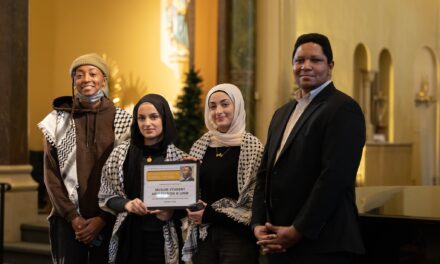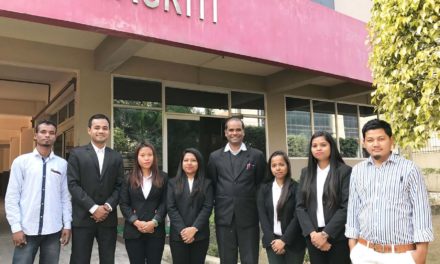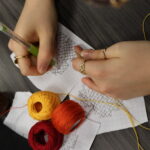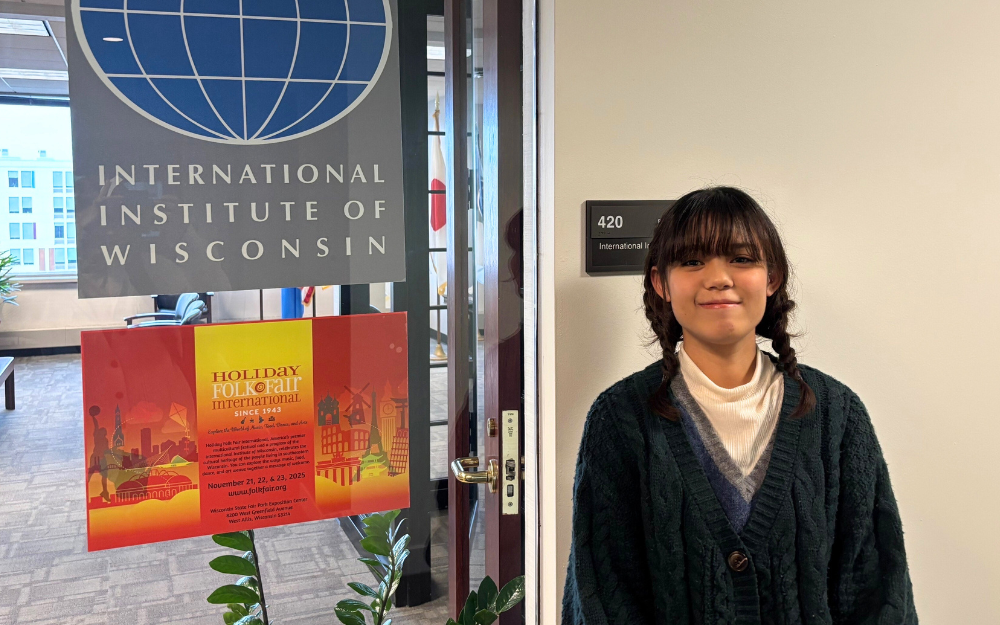
Sae Iino came to the International Institute of Wisconsin in August, and will be sharing Japanese-themed programs with local communities for the next two years.
Muslim Women’s Coalition’s October Networking Brunch features Japan Outreach Initiative (JOI) Coordinator Sae Iino, of the International Institute of Wisconsin, who will lead participants in a guided experience of the Japanese tradition of sumi-e (black ink painting)
The brunch is open to the public and will be held from 10 a.m. to 12 p.m., Friday, October 31, at the Islamic Resource Center, 5235 S. 27th St., Greenfield. It includes a buffet provided by Taqwa’s Bakery & Restaurant. The fee is $15. Register here.
The MWC Networking Brunch is held the last Friday of each month. It begins with time for socializing and enjoying an Middle Eastern buffet, followed by a lecture or workshop by a guest speaker. The topics and speakers selected are intended to appeal to a diverse audience, creating an opportunity to enhance interfaith and intercultural understanding, said organizer Cherrie Hanson, MWC’s special project manager.
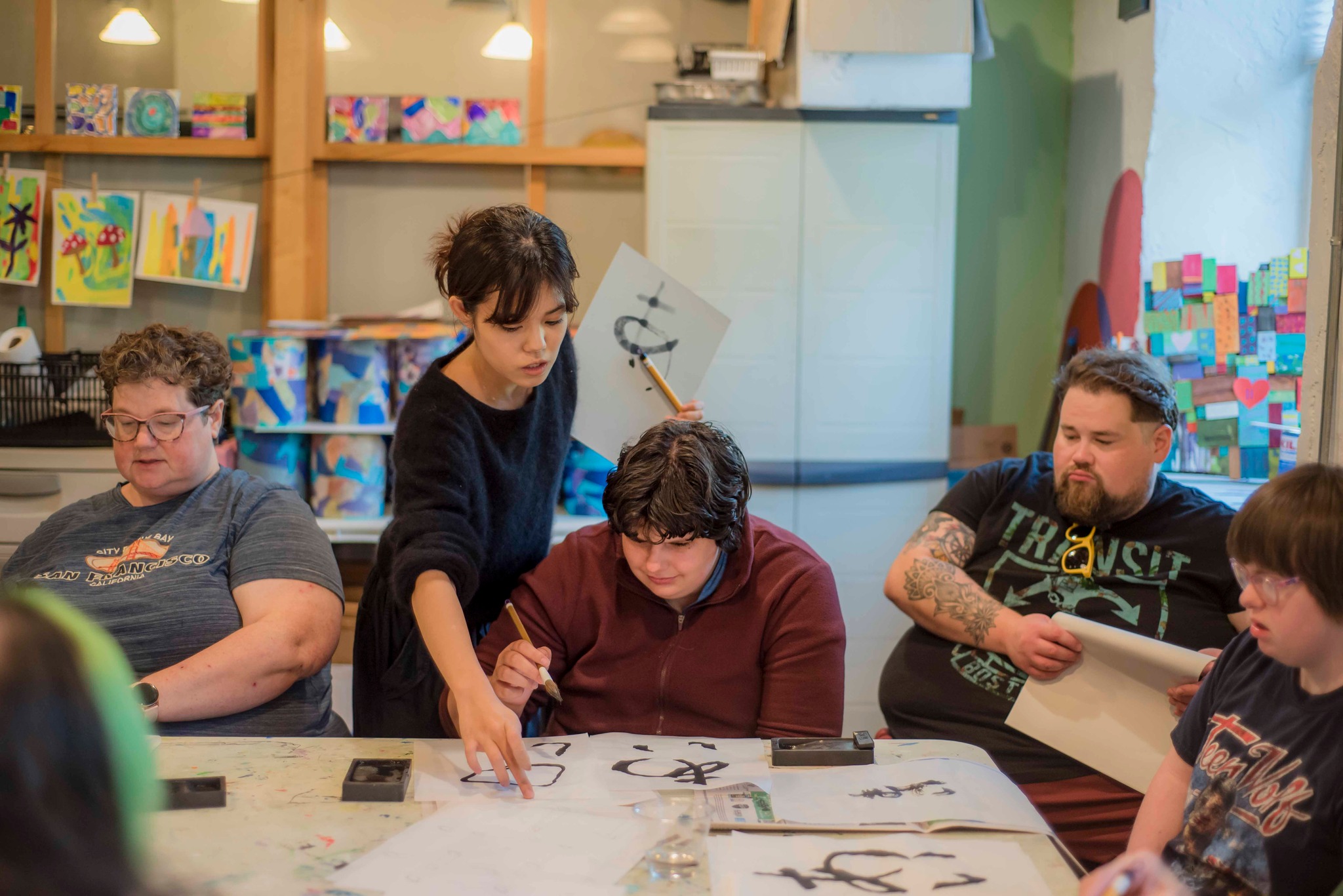
Iino facilitating a calligraphy workshop in Ozaukee with participants from Balance Inc..
About the presenter
As Japan Outreach Initiative (JOI) Coordinator, Sae Iino shares Japanese culture and traditions with communities in Wisconsin through programs and events such as workshops and school visits designed to foster better understanding between the U.S. and Japan. The International Institute of Wisconsin, located in downtown Milwaukee, is a nonprofit organization that provides social services and promotes mutual understanding across cultures. The outreach initiative is a partnership between the Japan Foundation in New York and the Laurasian Institution, with offices in Tokyo, Seattle and New York, which sends Japanese professionals to the U.S. to promote cultural exchange.
Originally from Japan, Iino said Japanese and Muslim cultures have many shared values, including respect and kindness, gracious hospitality, strong family bonds and the importance of community.
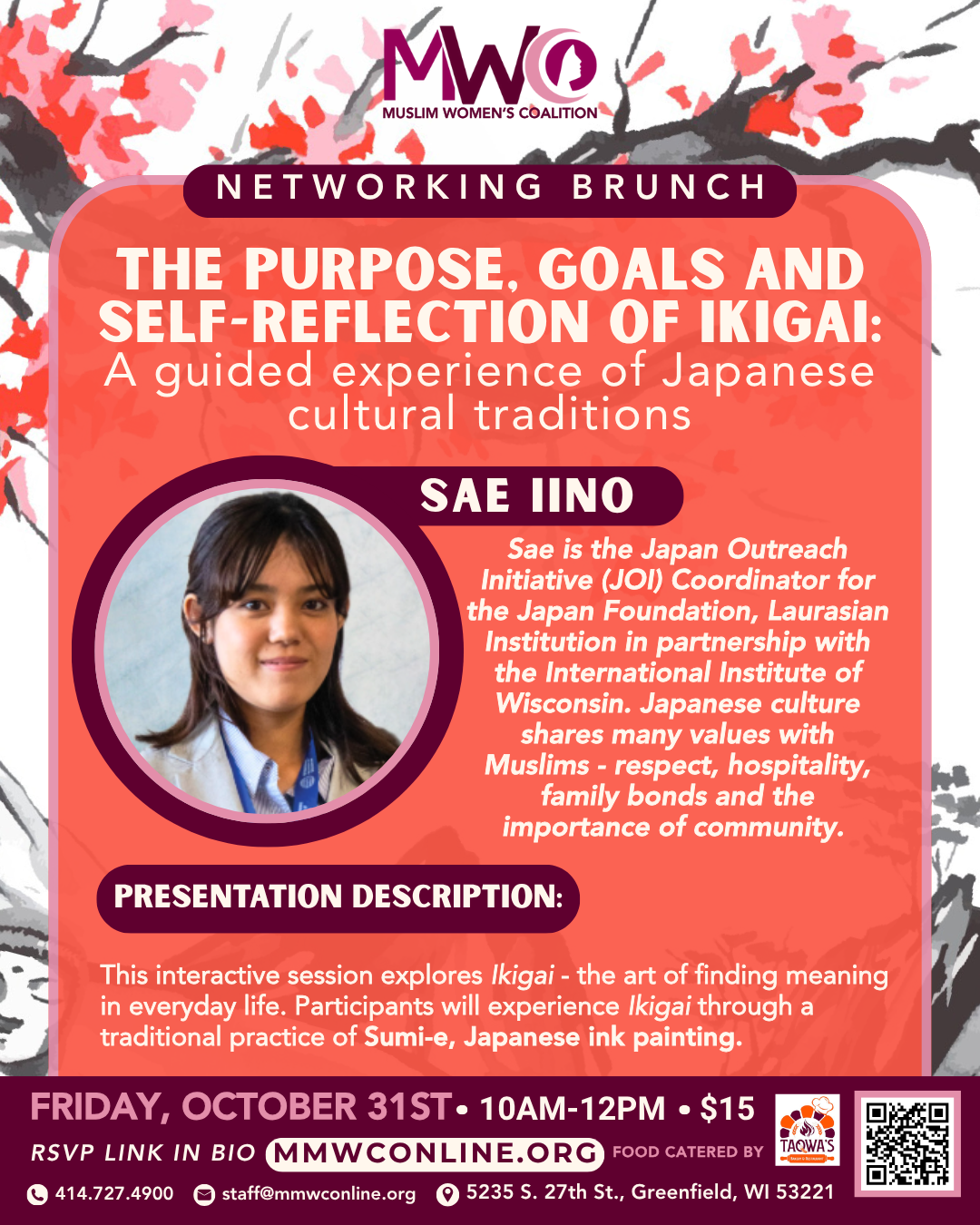
“Many Muslim values are close to those of the Japanese community,” lino said. “Both cultures have a deep caring of family and showing kindness and respect to others.”
Iino said generous hospitality (omotenashi in Japanese) is a deeply ingrained value in both cultures. Another shared value is the importance of taking time for quiet reflection. She hopes workshop attendees will be open to recognizing those and other similarities between the two cultures. And she hopes to learn something as well.
“When I serve as a coordinator in Milwaukee, I am teaching people about Japanese culture, but I also want to learn and study about other cultures and religions in a thoughtful way,” said Iino, who is enrolled in a master’s program in public health in Thailand with a focus on community health and gender-based violence. “In Japan, learning about other religions is really restricted. There are strict boundaries. Here, I hope that by sharing our differences and similarities that we will understand each other better. Hopefully it will be a good opportunity for me and for them.”
What to expect at the workshop
lino explains that sumi-e, the Japanese word for black ink painting, is a traditional cultural art form that originated in China centuries ago. Chinese Zen Buddhist monks brought the meditative painting technique to Japan where it took on its own cultural style.
“It is not about trying to paint perfectly or being artistic,” lino said. “It is to focus your mind and finding a reflection of ourselves. It’s about the calm and the quietness and being meditative.”
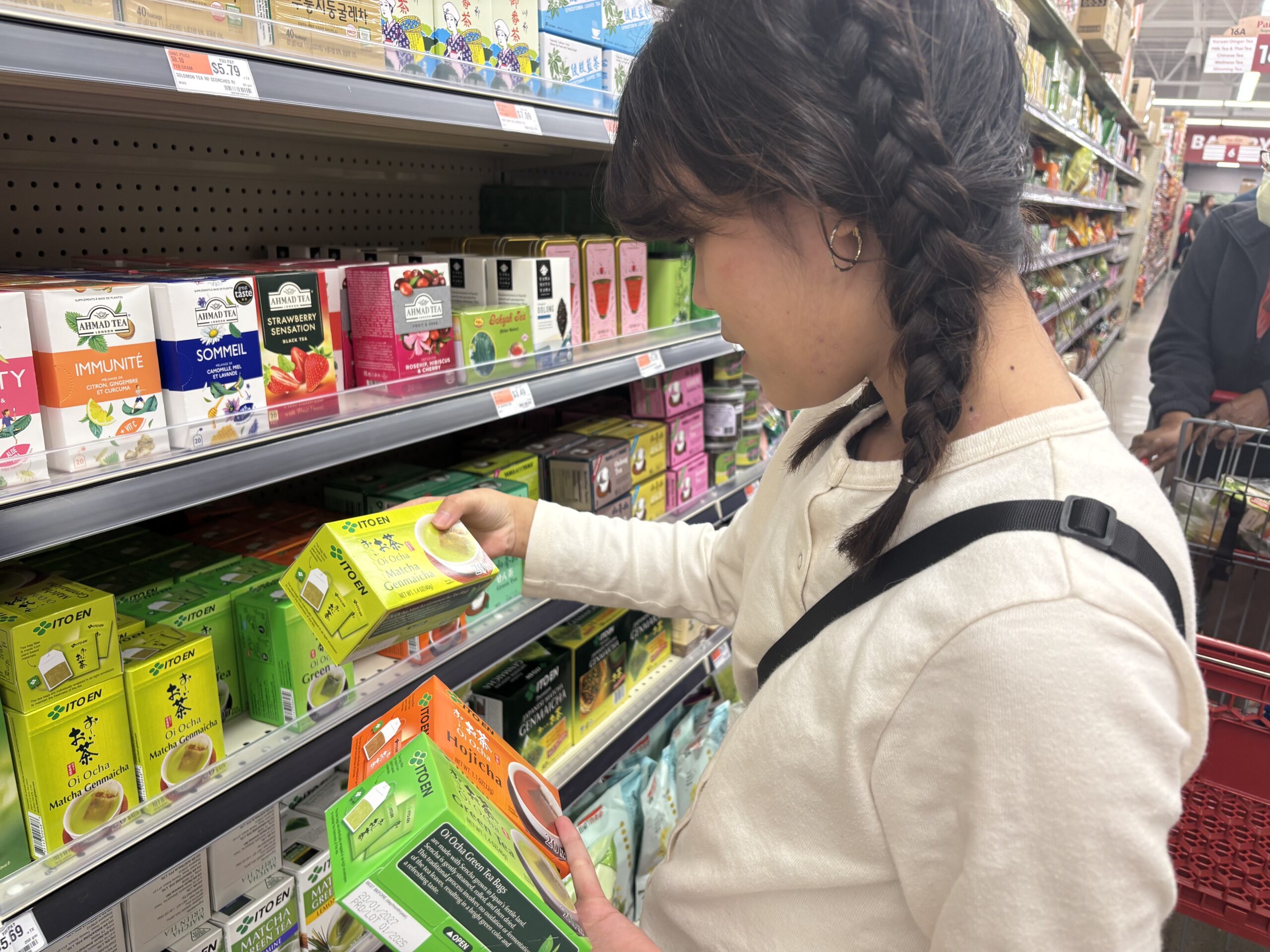
Sae Iino at Pan-Asia grocery store in West Allis
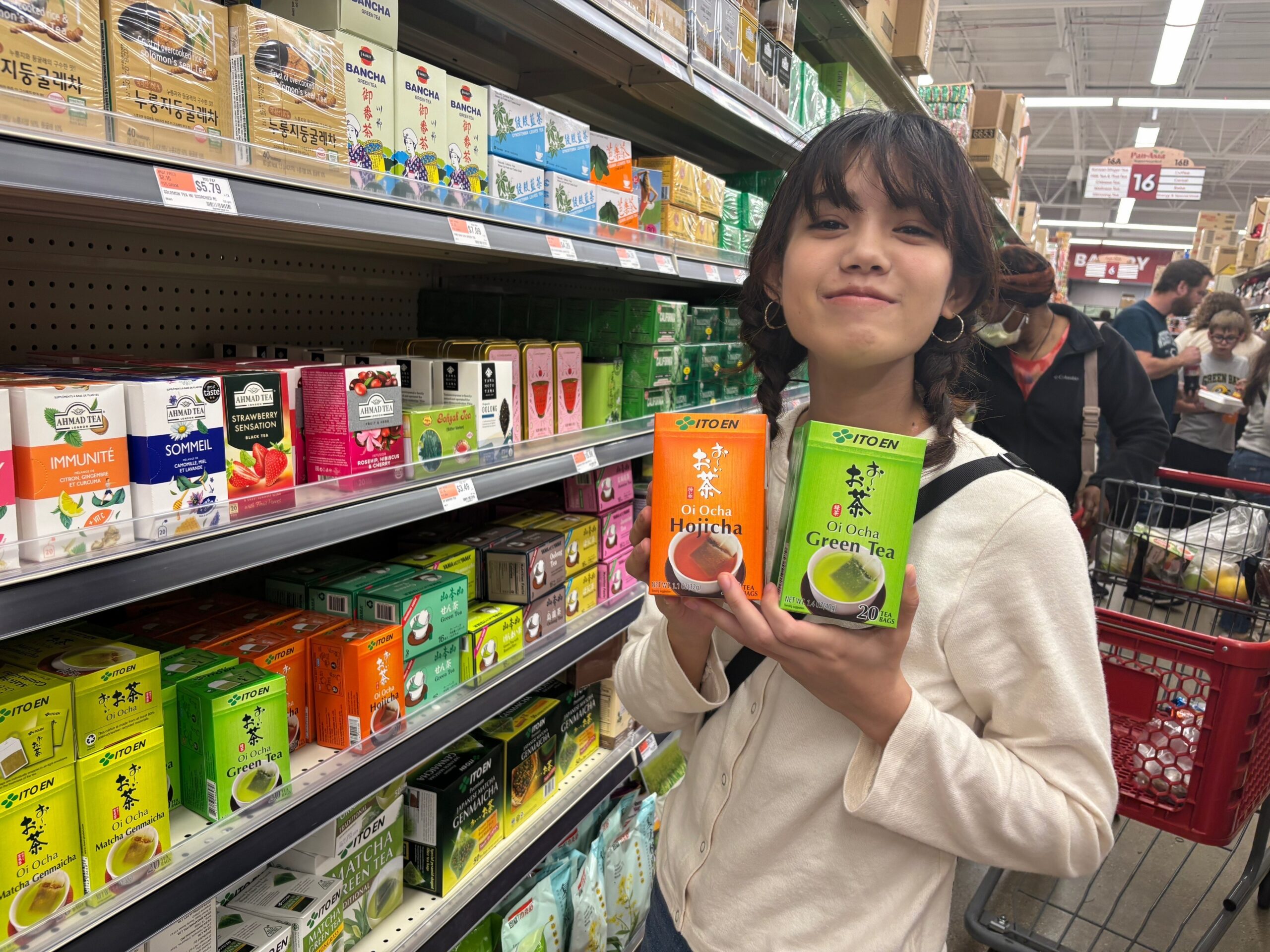
Finding the perfect tea for the Networking Brunch
She said that sumi-e is less about concentrating on achieving a certain result and more about the meditative process—the sound of grating the ink sticks on slate ink stones, the smell of the ink, the feel of the brush on the paper. It is the simplicity of only using black and using more or less water to create contrast and depth. According to lino, sumi-e has common motifs connected to each season such as spring cherry blossoms, the summer moon, autumn flowers and vegetable harvest and winter snow scenes.
Iino hopes participants will relax and enjoy the meditative aspect of the art and a shared value of taking a quiet moment of self-reflection. She also hopes attendees might just take an interest in exploring the Japanese culture.
“The Japanese community in Milwaukee is small, but they are very welcoming. If anyone is interested in connecting; having conversation and food, I can help them make that connection.”

